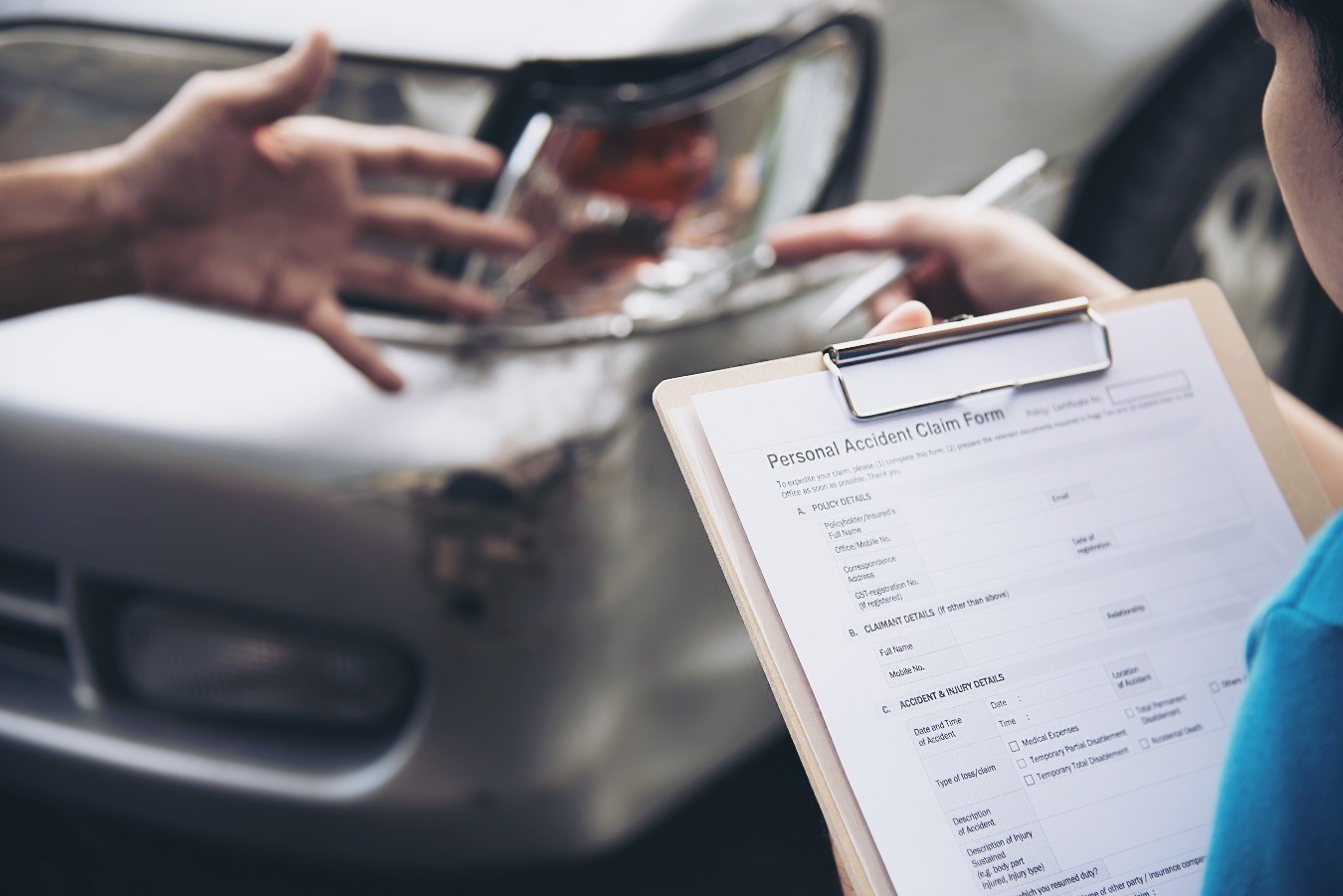Purchasing auto insurance is a fundamental decision to protect yourself, your loved ones, and your assets. However, it’s common for many drivers not to be fully aware of the coverages included in their policy and, more importantly, what is not covered. This lack of knowledge can lead to unpleasant surprises in the event of an accident. In this article, we’ll break down the most common coverages and typical exclusions so you can understand exactly what to expect from your auto insurance.
Table of Contents
ToggleBasic Auto Insurance Coverage
The liability for third-party damages is the minimum mandatory coverage in many countries. It covers the material and personal damages you may cause to third parties in an accident where you are at fault. This includes medical expenses, repairs, and compensation for injuries or death. Another essential coverage is property damage, which protects your vehicle in case of damages resulting from collisions, rollovers, or other accidents. The insurer will cover the repair costs or, in cases of total loss, the car’s value as stipulated in the policy.
The total or partial theft coverage is also very important. It covers the loss of your vehicle in case of total theft and, in some policies, also includes partial theft, protecting you against the theft of parts or accessories of the car. Medical expenses for occupants cover the necessary medical expenses for you and your passengers in case of an accident, regardless of who is at fault. Additionally, legal assistance provides support in case you face legal proceedings resulting from a traffic accident. Lastly, roadside assistance includes services like towing, tire changes, jump-starts, and fuel supply in case of emergencies during your trip.
Additional Coverages
There are coverages you can add according to your specific needs. The coverage of glass covers the cost of repairing or replacing the vehicle’s glass in case of accidental breakage or vandalism. The substitute vehicle provides you with a replacement car while yours is being repaired after a covered incident. If you have made modifications to your vehicle, the coverage of adaptations and conversions protects against damages or theft of these modifications, such as gas equipment or special sound systems. The civil liability abroad extends the coverage to other countries, which is useful if you plan to travel with your car outside the country.
What Your Auto Insurance Does Not Cover
It’s crucial to understand the exclusions of your policy to avoid unpleasant surprises. Damages due to incorrect use of the vehicle are not covered; if you use your car for purposes other than those declared in the policy, such as commercial use when private use was declared, the insurer may reject the claim. Accidents occurring while the driver is under the influence of alcohol or drugs are generally not covered. Likewise, damages occurring during participation in races or automotive competitions are excluded.
Events like wars, insurrections, or certain natural disasters (earthquakes, floods) may not be covered unless you have purchased specific coverage. The loss or damage of personal belongings inside the vehicle, such as cell phones, laptops, or luggage, is generally not covered. Additionally, costs associated with natural wear and tear and maintenance of the vehicle, as well as mechanical failures, are not covered by the insurance.
Importance of Knowing the Exclusions
It’s vital to carefully read the general conditions of your policy, as exclusions vary between insurers and types of policies. Knowing them will allow you to avoid situations where you think you’re protected when you’re not. This understanding helps you make informed decisions and consider additional coverages if you deem it necessary.
Tips to Maximize Your Insurance Coverage
To get the most out of your insurance, it’s advisable to declare the correct use of the vehicle. If you use your car for transportation services or deliveries, make sure your policy reflects this. Consider including additional coverages if necessary; for example, if you live in an area prone to flooding, it might be useful to add coverage against water damage. Keeping the vehicle in good condition with proper maintenance can prevent failures that might not be covered by insurance. Moreover, driving responsibly and avoiding driving under the influence of alcohol or drugs, as well as respecting traffic laws, is fundamental.
Frequently Asked Questions
A common question is whether you can make a claim if someone else was driving your car during the accident. This depends on the policy; some cover additional drivers as long as they have a valid license and authorization. It’s important to verify this point with your insurer. Another question is what happens if the driver responsible for the accident doesn’t have insurance. Some policies include coverage for damages caused by uninsured drivers, but if you don’t have it, you might have to bear the costs yourself. It’s also common to ask if the insurance covers accessories installed after purchasing the car. Generally, additional accessories are not covered unless you declare them and add specific coverage.
Conclusion
Understanding what your auto insurance covers and doesn’t cover is essential to avoid unpleasant surprises and ensure you’re adequately protected. It’s always advisable to thoroughly review your policy, ask questions to your insurance agent, and consider your specific needs when selecting coverages. A good understanding of your insurance provides peace of mind and allows you to enjoy the road with greater confidence.


